
“微缩北京”——大院胡同28号改造|Miniature Beijing: the Conversion of No. 28 Dayuan Hu Tong / Atelier Li Xinggang. Image © Shengliang Su
What's Pushing Refurbishment Fever in China?
由专筑网小R,吴静雅编译
整个中国似乎都沉浸在改造的浪潮之中,建筑师们改造城市中央历史悠久的胡同,也改造城市边缘废弃的旧工厂,甚至有坍塌危险的老建筑也被翻修延长寿命。为什么会出现这样的情况?这些建筑的改造投资方是谁?在一个连买房都如此困难的国家,这些现象又是怎么形成的?
在本次的编辑谈话中,来自ArchDaily中国的编辑分享了他们对如何在这样一个快速发展的过程中的一些看法,例如中国正在经历的,其最大城市的翻新热潮。
China seems to be at the peak of a refurbishment fever. Not only hutongs in historic downtowns, but abandoned industrial factories are becoming new tech or cultural hubs, and even buildings in the risk of collapse are refurbished to extend their lifespan. Why is this happening? Who is investing? How could this happen in a country where you cannot buy properties?
In this edition of Editor's Talk, our editors from ArchDaily China share their thoughts on how in a fast-paced development process, such as the one China is going through, there is a refurbishment fever in its biggest cities.
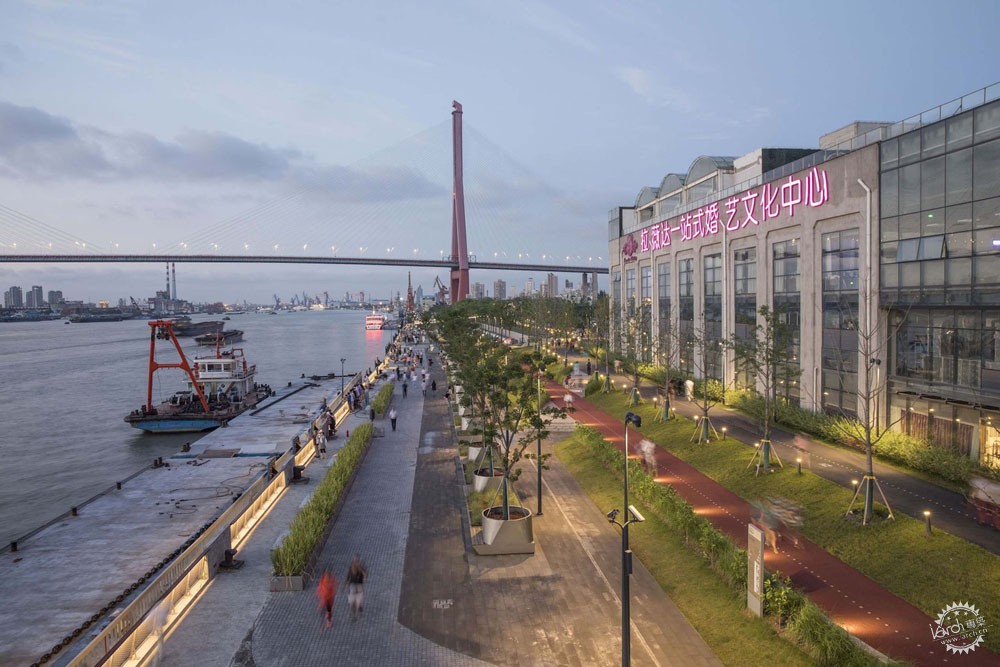
上海民生码头水岸景观及贯通|Shanghai Minsheng Wharf Waterfront Landscape and Reconnection / Atelier Liu Yuyang Architects. Image © FangFang Tian
Nicolas Valencia:中国是发生了什么,为什么再利用成为了热门话题?
Han Zhang:这个热门话题的产生有一些原因,其中最重要的就是政府放慢了向开发商发放开发土地的速度,在一线城市,很少会有新开发的土地,那么就只能开发老建筑,这也许是除了中国人外大多数人都不会关注到的问题,在政府的角度来看,有很多动机,例如需要减少房地产泡沫,主要城市土地缺乏,从过去50年来,就一直面临着建筑品质低等严重问题。
Shuang Han:近70年来,中国建成了许多建筑,但是现在都经历了不同程度的损坏,因此改造项目非常普遍。
Milly Mo:是的,我认为这部分原因是上世纪80年代以来中国大城市的快速发展许多建筑的质量欠佳。80年代和90年代的建筑有些跟不上经济发展的快速脚步,因此为了满足新需求,许多建筑都需要进行改造。
Han Zhang:在西方,许多建筑的使用年限为100至200年,但是在中国改革开放后建造的大都数建筑物的使用年限为30至50年,因此,我们现在面临着大部分建筑物倒塌的危险。
另外,中国的重工业地区发展得以转移,大量工业用地正在被废弃,随着国际上重新利用工业用地的趋势中国政府与开发商也看到了这一市场的开发潜力。
Milly Mo:同时,在当时的建筑规范也不够完善,许多八九十年代的自建房正处于倒塌边缘。
Nicolas Valencia: What’s happening in China that Use & Reuse seems to be a hot topic right now?
Han Zhang: There are several reasons for this being a hot topic. The most important one being the slow down in release of land for development by the government to developers. In first-tier cities, there is no longer any public land being released for development, driving the market towards the refurbishment of the existing building stock. This is probably a reason that most people outside of China are unaware of. There are many motivations for this from the perspective of the government: cooling the housing bubble, lack of land in major cities, facing the serious issue of the low-quality building stock in China from the last 50 years.
Shuang Han: In the last 70 years of China, many old buildings were built, and they are facing damage problems now, so renovation projects are very popular in the city and countryside.
Milly Mo: Yes, I believe it is partly because of the fast-paced development going on in Chinese megacities since the 1980s. A lot of outdated buildings lack of quality need to be replaced. Architecture built in the 80s and 90s could not catch up with the fast-growing economic development in the cities, therefore there is a lot of renovations going on to satisfy the new functional needs.
Han Zhang: Whereas buildings in the west are usually designed for 100-200 years of use, most buildings built after China's opening up were built for 30-50 years of use. Therefore, we are now facing a large portion of the building stock in danger of collapse.
Further, as China moves away from heavy industry, a huge amount of industrial sites are being abandoned. Following the international trends towards repurposing industrial sites, the Chinese government and developers are seeing the potential in this market segment.
Milly Mo: Furthermore, the regulations of buildings were not as complete back then. Therefore some self-built buildings built in the 80s and 90s are on the edges of collapsing.
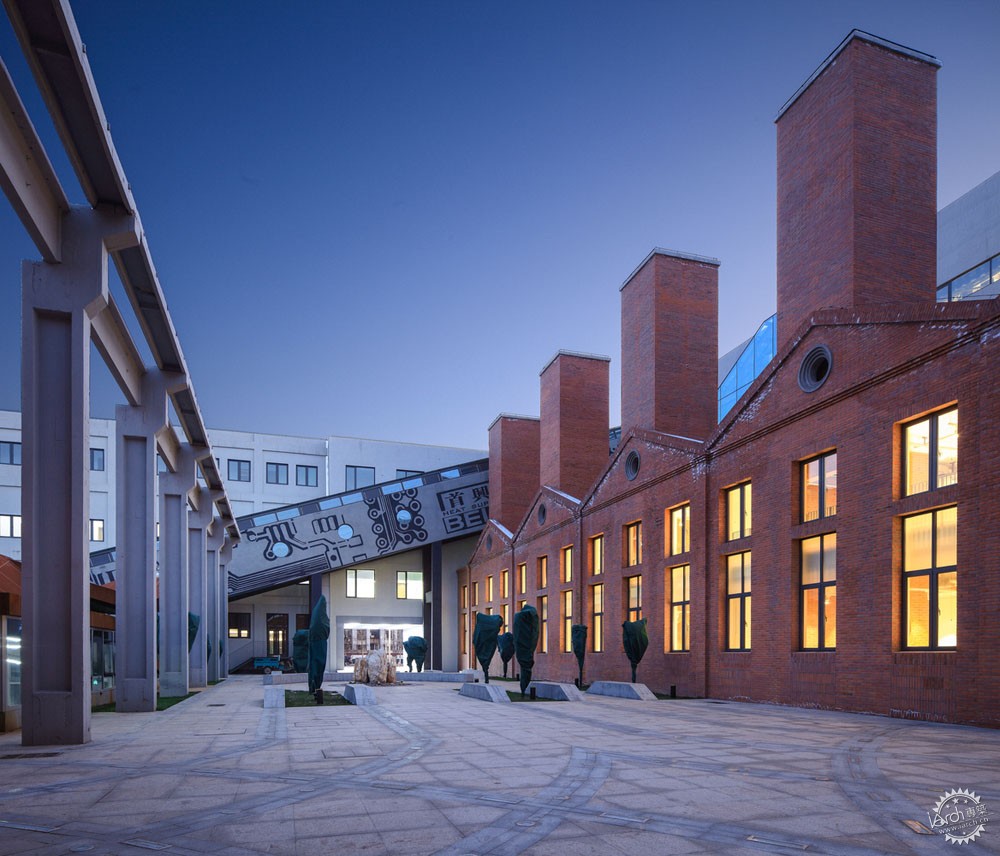
北京文化创新工场新媒体基地园|Beijing Cultural Innovation Park / COBBLESTONE DESIGN. Image © Yihie Hu
Nicolas Valencia:那么这些项目的投资方又是谁呢?
Han Zhang:人们在自己的生活中有着对于个性的需求,这是一种进步,在一个如此类型的环境之中生活久了之后,无论是在家里,还是在办公室,亦或是休闲场所,都会寻求一些个性。
Milly Mo:主要是开发商,政府同样也会决定重新开发危险的建筑群。开发商会购买这些土地,因为土地价格会不断上涨,那么其中就有盈利的空间。他们也会购买坍塌的建筑群,然后进行拆除与重建,同时现在也有很多建筑师会对小规模危房进行改造实验。
Han Zhang:许多中国建筑师都有了海外经验,他们能够给人们带来新东西,另外再结合社交媒体,人们对于自身存在的空间,或多或少都有一些想法。
Shuang Han:适应性空间再利用让城市的老空间得以发展,尤其是那些废弃场所和工业区。因此这也成为了历史空间的保护以及减少城市扩张的重要方法,政府也肯定了这样的做法,因此这样做实用性高,并且也很经济。另外,建筑师们热衷于挖掘历史建筑背后的故事。
Nicolas Valencia: Who is investing in those buildings with a risk of collapse?
Han Zhang: I think it is a natural progression for the general public to yearn for some individuality in their personal lives, whether it is in their homes, offices or leisure spaces after growing up in a country where being "the same" was the preferred status.
Milly Mo: Mainly developers, while the government decides to re-develop the areas with collapsing buildings. Developers rushed to bid for the sites because there is a huge potential for profit due to the appreciation of land price. They would buy out the collapsing buildings and do a complete demolition and reconstruction progress, yet nowadays more and more architects choose to renovate small scale risky buildings as experiments.
Han Zhang: Also, as more and more Chinese architects return from studying abroad, they bring back new knowledge and exciting possibilities for the built environment for the general public. This together with the power of social media and television has been able to open up people's perspectives on what is possible for their own spaces, big and small.
Shuang Han: Adaptive reuse allows cities to take a second look at old spaces, especially those that are abandoned or located along with struggling, industrial waterfronts. It can also be a key way to preserve historic space and reduce urban sprawl, the government awards this problem and thinks the reuse will be very profitable. Also, architects are addicted to discovering the cultural values behind historic architecture.
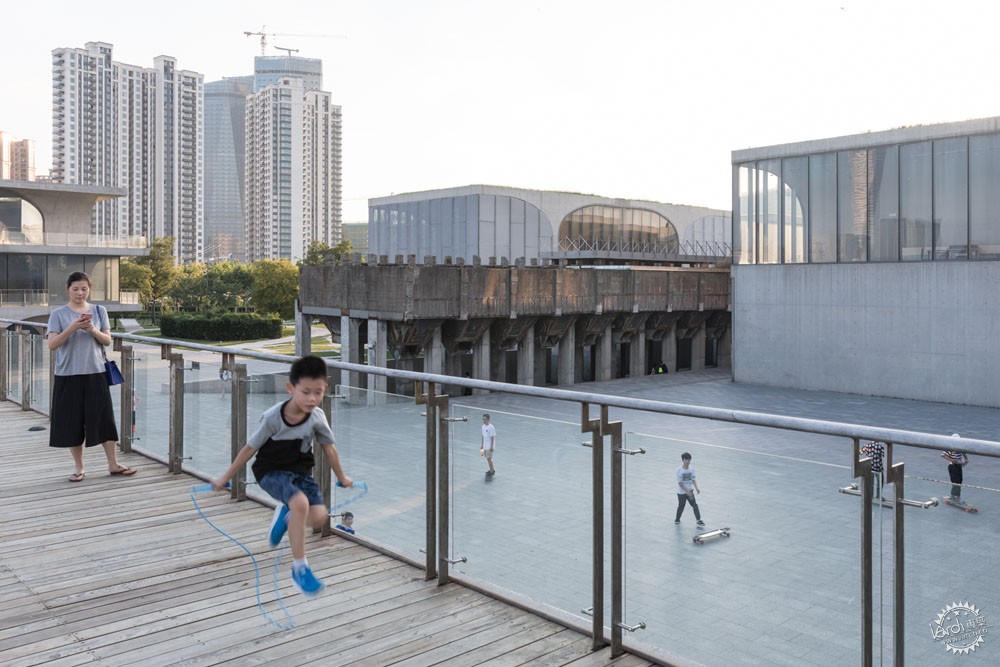
龙美术馆(西岸馆)|Long Museum West Bund / Atelier Deshaus. Image © Laurian Ghinitoiu
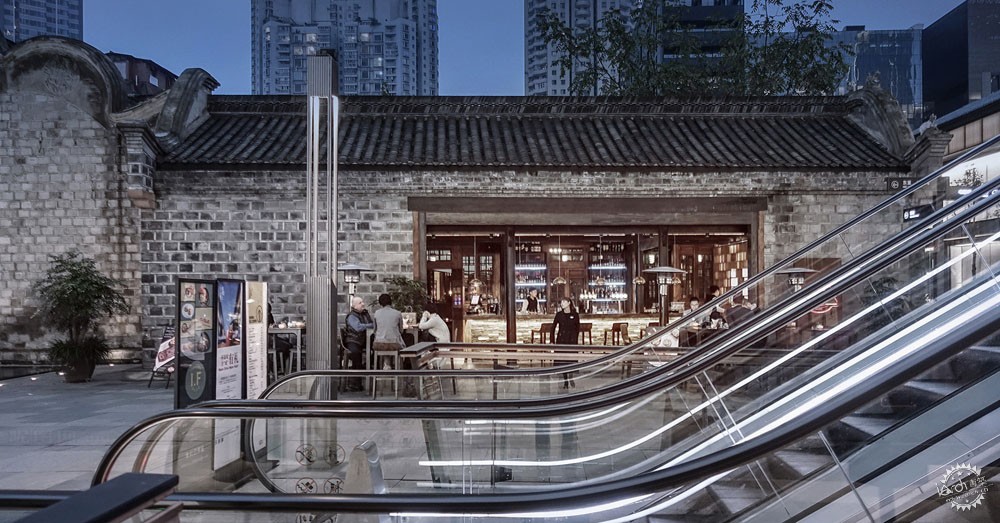
龙美术馆(西岸馆)|Long Museum West Bund / Atelier Deshaus. Image © Xia Zhi
Nicolas Valencia:Shuang Han提出了人们对于当前文化的迷恋,那么这背后是有什么文化故事吗?
Han Zhang:在一开始,建筑师和艺术家们就看到了这些古建筑的价值所在,他们通过改造,让这些价值面向大众。
Milly Mo:我相信,建筑师会受到工业厂房和空间的吸引,因为这是个很难得的实验契机。现在的建筑密度都很大,造价也高,许多建筑师没有办法进行新设计策略的测试。因为他们会将重点放在改造之中,因为改造比从零开始要轻松得多。另外,许多建筑师也迷恋于老建筑的背后故事,因为这些故事代表着20世纪中期的艰难岁月。
Nicolas Valencia: Shuang Han brought up the current addiction to the cultural layer on refurbishment. Is there any cultural narrative behind this?
Han Zhang: At first there were architects and artists who saw the cultural significance of these old buildings. It was through their renovations that the public caught on.
Milly Mo: I believe architects are drawn to the renovation of industrial factories and spaces because it is a very rare chance for them to experiment in such a big space. Due to the density and the cost of building on a large scale, most architects wouldn’t have the chance to design a completely new megabuilding. Therefore, they focus on these renovations. After all, it is cheaper to renovate than to build from ground zero. Also, a lot of architects are simply fascinated by the historic value behind an industrial building, as it symbolizes the harsh old days in the mid 20th century.
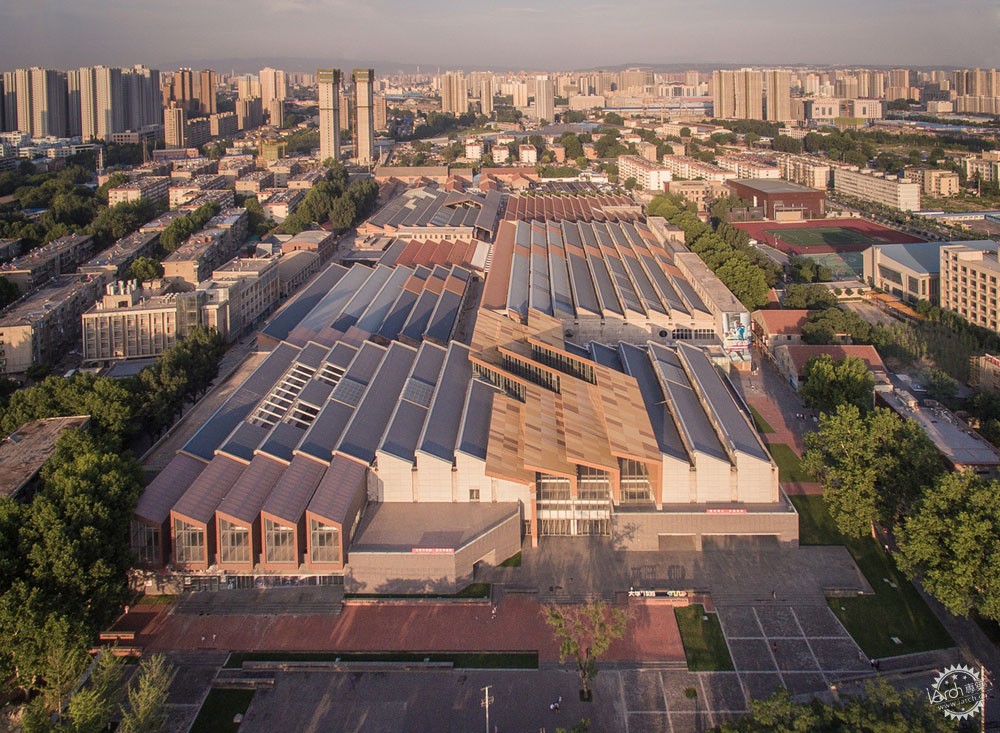
西安大华纱厂厂房及生产辅房改造|Renovation of Xi'an Dahua Textile Mill / China Architecture Design Group Land-based Rationalism D.R.C. Image © Frederic Henriques
Nicolas Valencia:中国的大型城市与地区在改造中有什么不同吗?
Shuang Han:改造建筑能够保留建筑的原有历史特征,同时在进行新功能的利用,因此我认为没什么区别。
Han Zhang:那么这就要了解在过去50年里整个社会的改变,才能更好地理解中国的改造建筑。
在政府针对这一问题采取措施之前,就已经出现了这样的案例。个人或小型开发商看到了老工厂或是老仓库的发展潜力,因此让这些建筑更具价值。在中国,你不能购买地产,你只能购买租赁权,因为除了农田以外所有土地都归政府所有。
当这些人把这些建筑租给艺术家和设计师,他们看到了这些小建筑的内在价值,那么第一批改造便应运而生。后来,政府也看到了这些建筑的发展潜力,于是逐步开始回收这些场地的租赁权,一些相关部门开始进行开发,对这些建筑进行统一的管理。一些政府组织甚至委托诸如Sasaki等知名建筑师进行规划与设计。
而我们现在所看到的第二次翻新浪潮则来源于各个开发商。随着主要城市新开发土地的匮乏,政府和开发商对开发剩余空间具有相同的既得利益,因此大部分的开发是在开发商和政府的合作下进行。另外,还有一些知名建筑师也在进行工业场所的改造,例如Deshaus工作室,以及上海的刘宇扬工作室。他们能够对于政府和开发商的改造项目进行专业上的指导。
Nicolas Valencia: Do you identify any difference in this process in the biggest cities or in regions in China?
Shuang Han: Reuse architecture is the process of repurposing buildings that have outlived their original purposes for different uses or functions while at the same time retaining their historic features. So I think there is no big difference in the reconstruction of the North and South.
Han Zhang: We need to explain the time and relevant social and cultural shifts in the last 50 years so the readers understand how refurbishments work in China.
The first cases of the refurbishment of old spaces happened before central and regional governments had any policies towards this issue. Individuals or small developers saw potential in old spaces such as factories and storage facilities and brought lease rights to the properties in the hopes that they will be of value in the future — please note that in China you cannot buy properties, only lease rights, all land except for farmland belongs to the government.
As these individuals leased out the properties to artists and designers who saw value in them, the first lot of refurbishments happened. However, as government bodies saw the potential in these districts, they started to slowly take back lease rights of the properties, and government departments which used to operate these properties, such as the city electricity grid, started to reform themselves to become the developer/building management organizations of these properties. Some government organizations even hired famous architects such as Sasaki for 798 District to design masterplans.
The second tide of refurbishments we see today is largely driven by developers. As newly released land dries up in major cities, the government and developers have the same vested interest to develop the leftover spaces. Most of these are done in collaboration between developers and government today. At the same time, there are a few prominent architects who have been pushing the refurbishment of large industrial sites for public use such as Atelier Deshaus, and Liu Yuyang in Shanghai. They have been instrumental in guiding the government and developers towards more inclusive design in refurbishments.
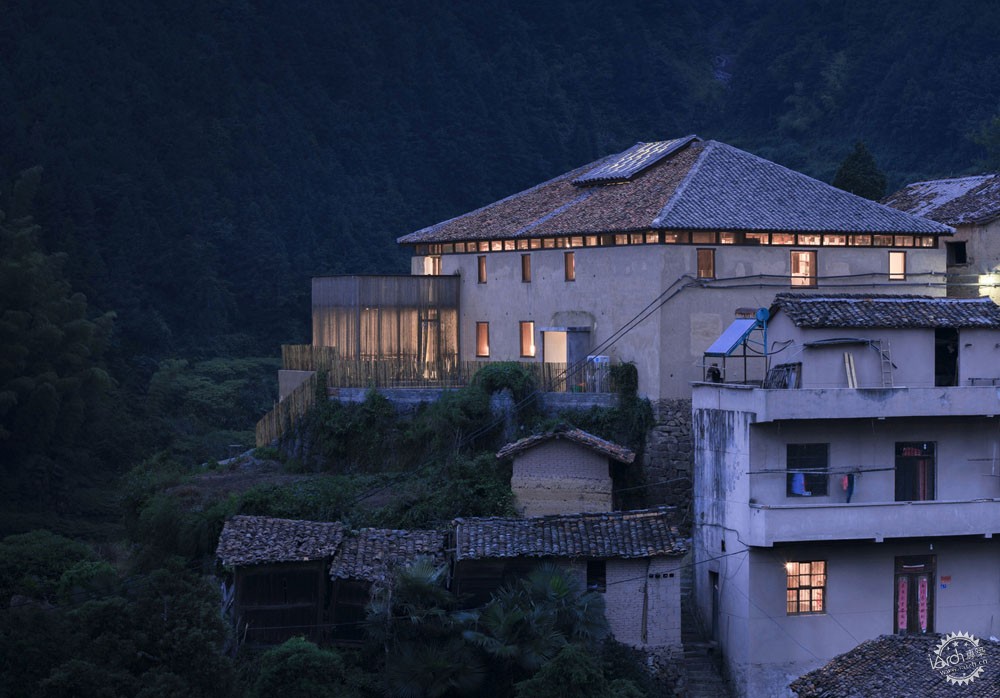
浙江松阳先锋松阳陈家铺平民书局|Librairie Avant-Garde, Chenjiapu Civilian Bookstore / AZL Architects. Image © Bowen Hou
Milly Mo:改造项目在北方开始得更早一些,而诸如深圳等南方城市的这些项目则更为商业化,因为建筑师或者开发商在进行开发时就已经了解到自己的目的,因此这些建筑的功能非常明确。但是,北方的建筑师在一开始时并没有那么明确的目标。
Nicolas Valencia:所以,在北方这看起来更加直观一些,而在南方则已经模式化了是吗?
Han Zhang:是的,北方政治性更强烈一些,而南方则更商业化一些。历史上也一直是这样。
Nicolas Valencia:只能说中国幅员辽阔…
Han Zhang:那必须的。
Milly Mo: I think, as the refurbishment has started earlier in the north, the projects in the southern cities such as Shenzhen are more commercialized because architects/developers already know their expectations when they do the renovations, their buildings have a very clear function and target to achieve. Whereas architects in the north were not sure about how it would turn out when they first started doing renovations.
Nicolas Valencia: So, it seems more intuitive in the north, while more structured in the south as the know-how is already systematized, doesn't it?
Han Zhang: Definitely. And the north is more political, while the south is a commercially driven region. This has always been true throughout history.
Nicolas Valencia: Good to know as the world isn't aware of how big this country is...
Han Zhang: Definitely.
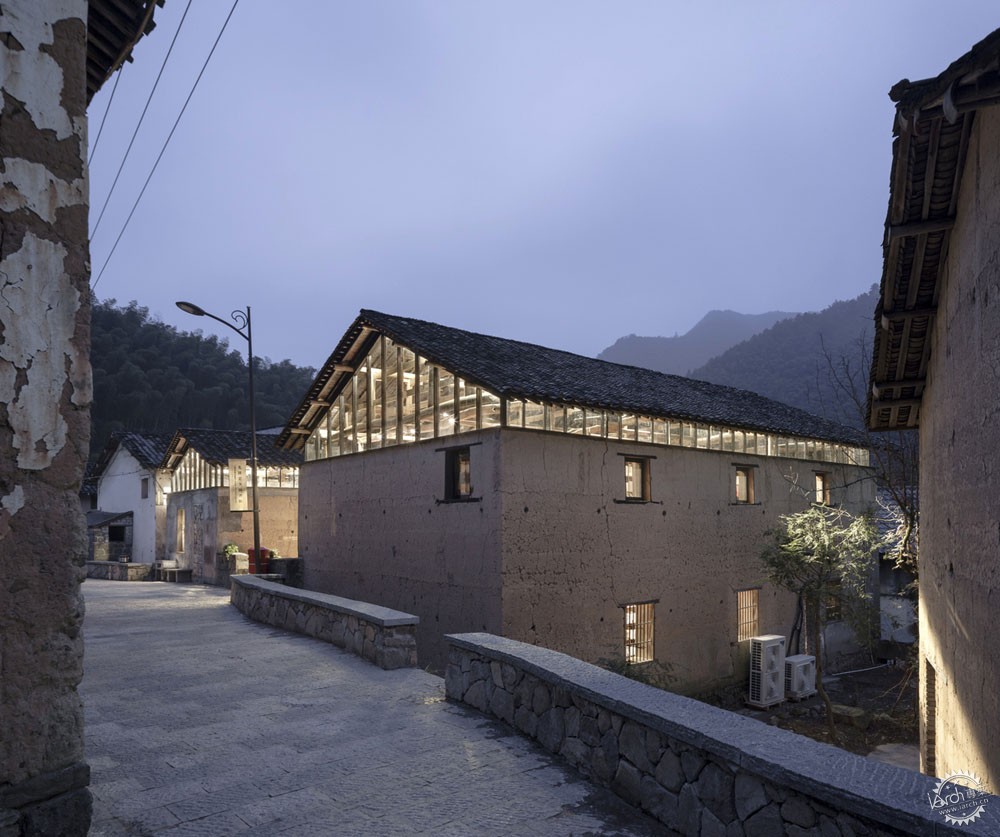
浙江杭州桐庐云夕图书馆|Avant-Garde Ruralation Library / AZL Architects. Image © Yao Li
Nicolas Valencia:那么是否有非设计师对于翻新建筑进行开发呢?这就有点像是个DIY,与学术、媒体无关。
Han Zhang:80%的人是通过社交媒体的照片,同时指导承包商来完成项目。这些项目也会出现在各个媒体平台之中,这些作品看起来很完美,但是其实并不好用。
Milly Mo:同时,城市里也很少有人自己进行改造,因为中国没有私有土地,大多数的改造项目都在乡村地区,一般这些地区限制较少,要么就是一些室内项目。
Nicolas Valencia:这样看来需要思考的东西还很多。
Han Zhang:我其实很希望人们能够通过我们的沟通来了解中国,你之前也说,世界对于中国的社会背景了解甚少,因此人们不能用看待其他项目的态度来看待这些项目。
Nicolas Valencia:对于这方面,你们有推荐的建筑师吗?
Han Zhang:刘家坤,但是最好的应该是Deshaus工作室。
Milly Mo:刘宇扬。
Shuang Han:张雷,还有张鹏举。
Nicolas Valencia: Do you identify any trend among non-designers who develop their own refurbishments? Like a DIY refurbishment movement out of academic, media scope.
Han Zhang: 80% of people do it by taking pictures from social media while pointing and guiding contractors themselves. It often leads to Instagram renovations, they look good at photos but are absolute disasters in real life.
Milly Mo: Meanwhile, self-refurbishment is rare in the cities because we don’t have privately owned land in China, most self-refurbishment projects are either in the countryside with fewer regulations or as interior projects.
Nicolas Valencia: Looks like we have a lot of food for thought!
Han Zhang: I really hope people can understand China better through our Editor's Talks. As you mentioned before, people have no idea of the social context of architecture in China. It shouldn't be evaluated the same way as other projects like a pinboard on Pinterest.
Nicolas Valencia: Before ending this conversation, any architects in this area you recommend to follow up?
Han Zhang: Liu Jiakun, but the best one is Atelier Deshaus.
Milly Mo: Liu Yuyang
Shuang Han: Zhang Lei (AZL), and Zhang Pengju.
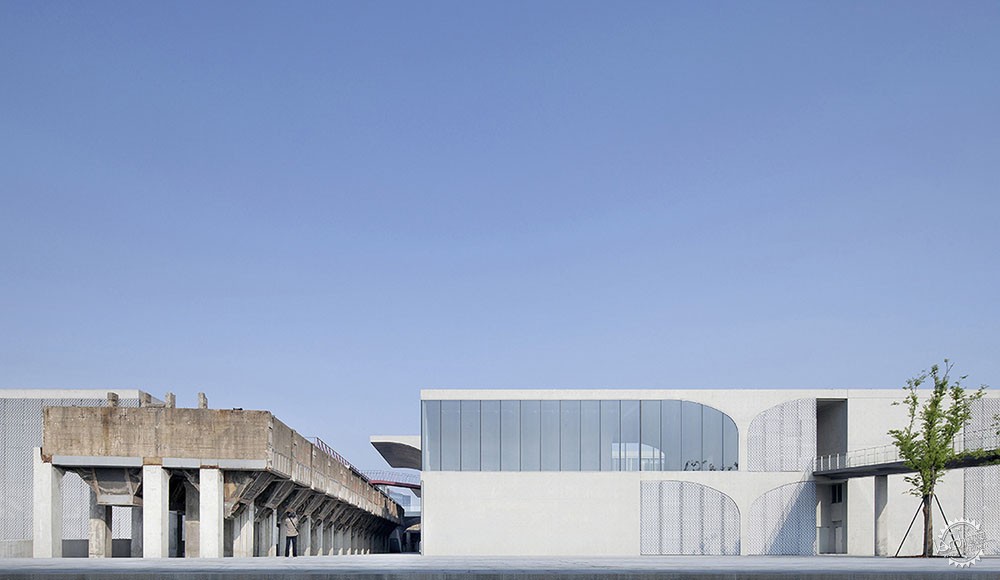
马家巷禅院蜕变为The Abbaye比利时餐厅|Abbaye Belgium Resturant / MRDA Architects. Image © MRDA
|
|
